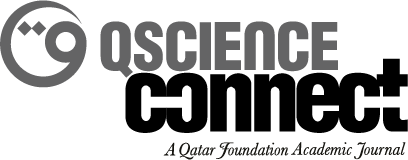-
oa Diversity and seasonal variation of phytoplankton community in the Santragachi Lake, West Bengal, India
- Source: QScience Connect, Volume 2012, Issue 1, Jan 2012, 3
-
- 13 December 2011
- 15 March 2012
- 08 May 2012
Abstract
The study of phytoplankton diversity and its seasonal variation was carried out by sampling water taken from the Santragachi Lake, of West Bengal between November 2009 and July 2010. Various physico-chemical variables were recorded and the correlation of this with phytoplankton density was established using Canonical Correspondence Analysis. This showed that the density of phytoplankton was higher when temperature and nutrients were increased. A total of 29 phytoplankton taxa belonging to Chlorophyta (10), Cyanobacteria (8), Charophyta (5), Bacillariophyta (4), and Euglenozoa (2) were recorded from nine samples taken within the study period. Chlorophyta species dominated mostly in variety and percentage composition while Euglenozoa species representatives had the least expression. Bio-indication showed a low diverse community in the monsoon period with better water quality than in pre- and post-monsoon seasons. Various diversity indices (Shannon–Wiener diversity index, Gleason species richness index, Pielou evenness index, and Naughton dominance index) were used to establish the seasonal variation of phytoplankton. The Shannon–Wiener diversity index was most useful in indicating the trophic status of the water as well as the pollution status, which in this case, depicted a moderate level of pollution of this lake.


